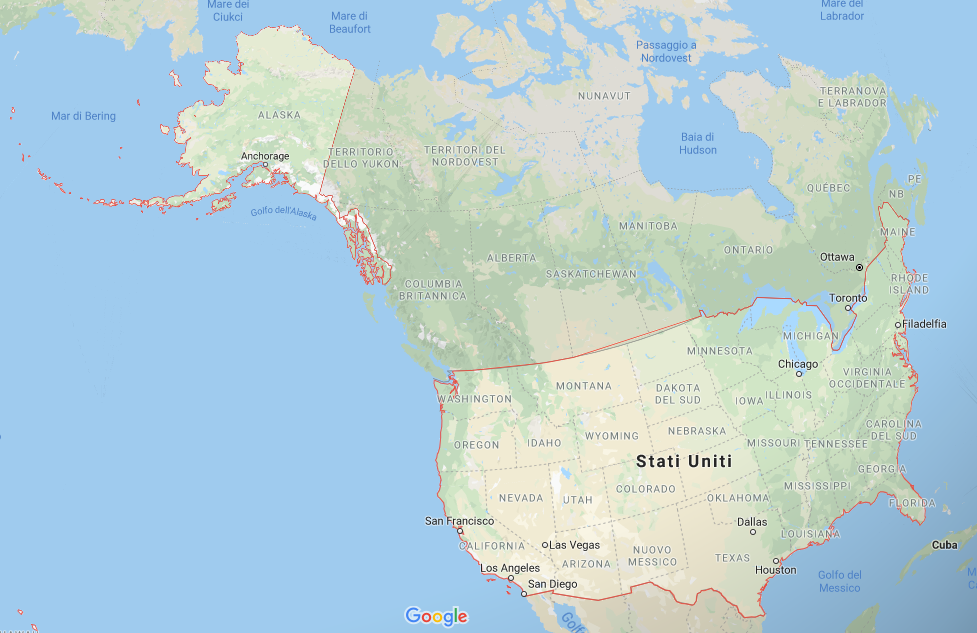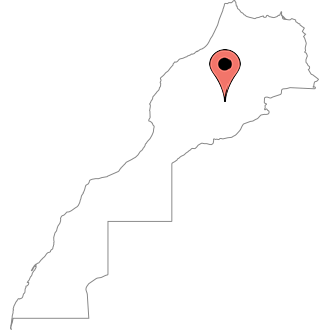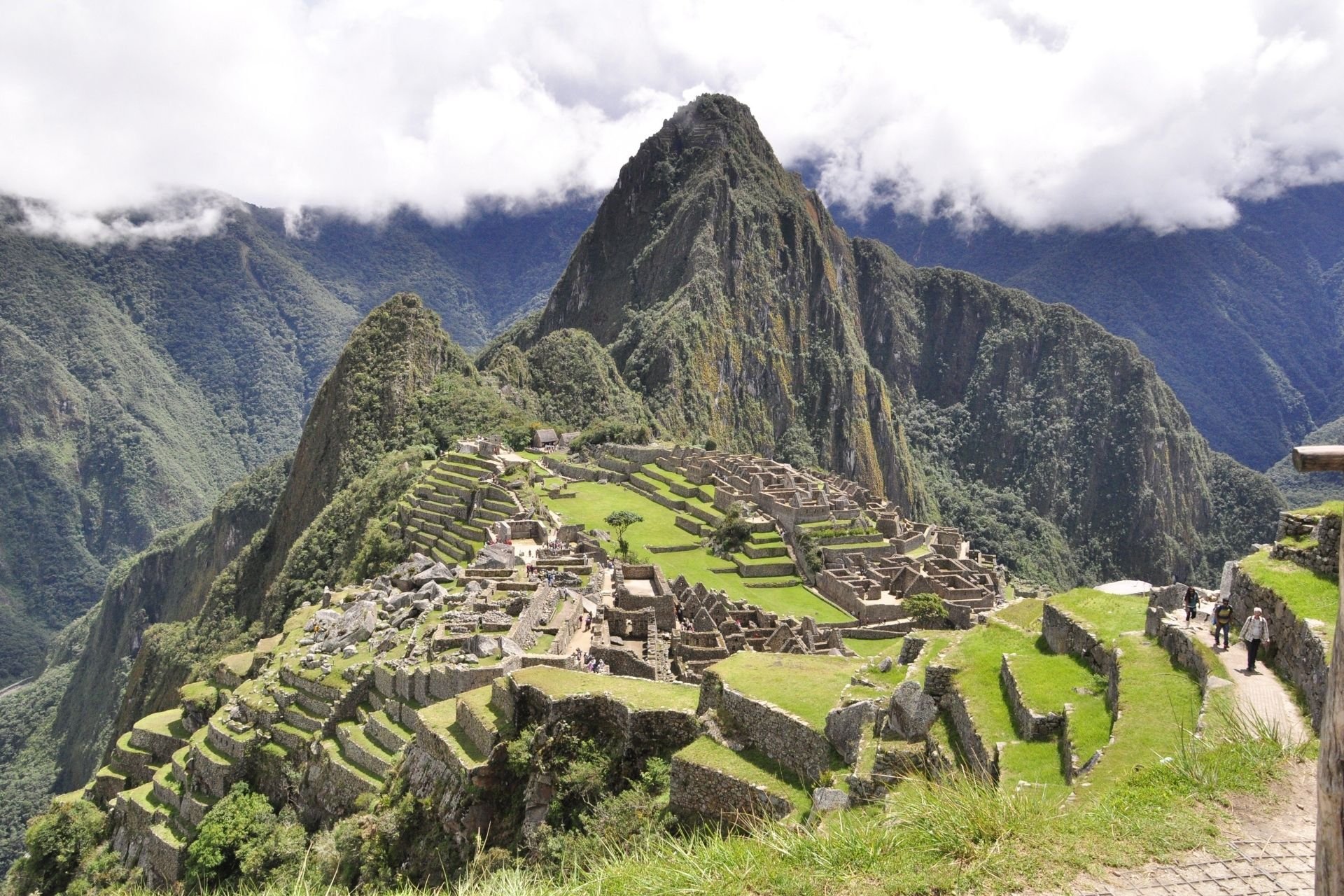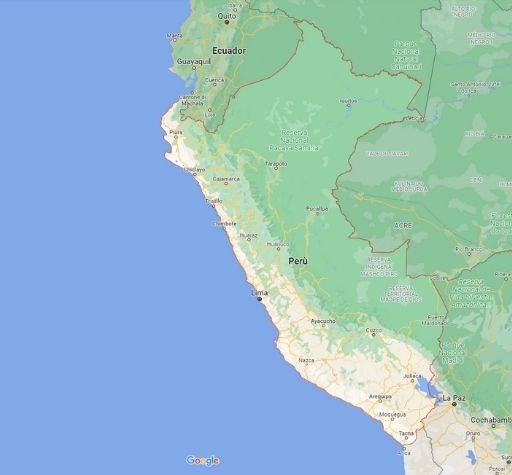Sandboarding
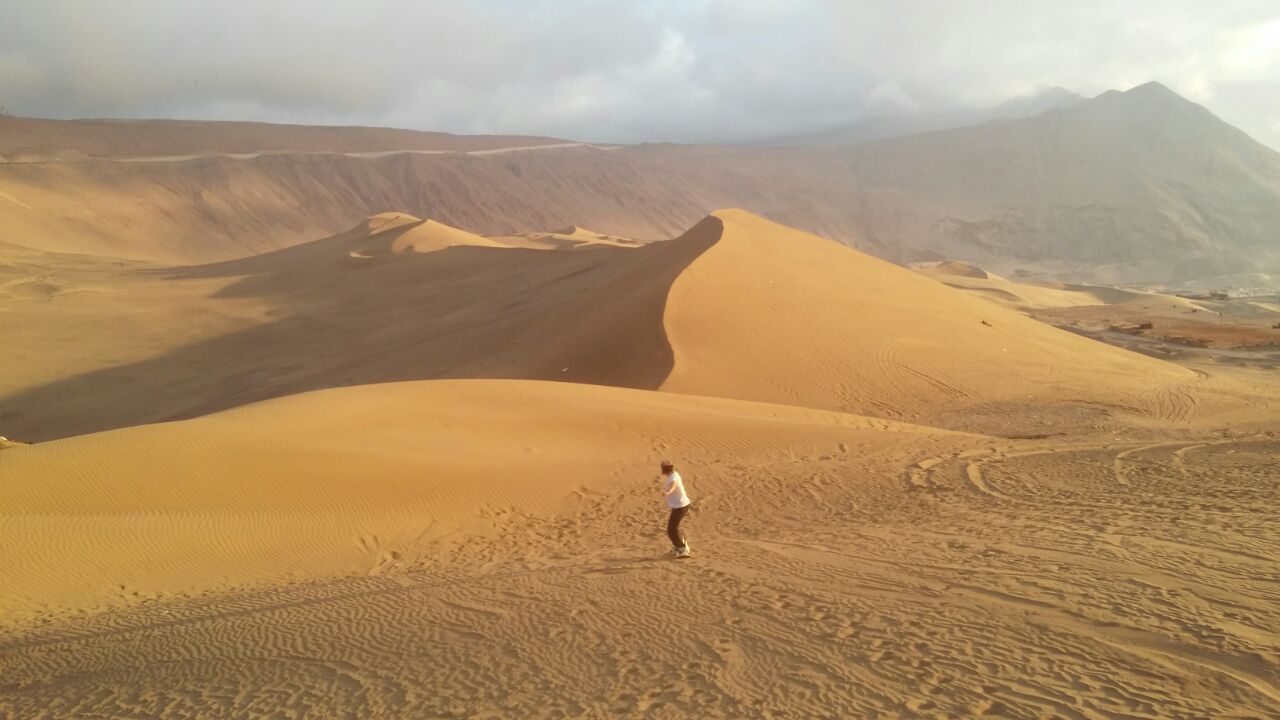
Sandboarding is a sport, similar to snowboarding, which is practiced on the sand.
It consists in descending from a sand dune by balancing on a board, called sandboard.
A lot of fun for those who don’t want to give up even without snow.
HOW IT WORKS
To practice sandboarding, you use a sandboard, in which you secure your feet inside a special supports and then you “surf” while standing on the board and sliding on the sand launching from the dunes until reaching very high speeds.
The first time you can try supine, holding your arms on the supports where you usually put your feet. As you gain control, you can begin to stand on the table in the right position.
When you’ve gained some confidence by sliding down for short stretches of dune, the instructor will begin to make you try the first basic techniques for the first movements which consist in the action of “unbalancing” the body to perform simple turns and “tricks” until reaching the maximum autonomy and mastery of the movement with and on the table.
Aside from a little balance and some techniques that you learn, sandboarding is not difficult and doesn’t require particular skills and characteristics. But be prepared to walk up the sand dunes every time you want to repeat the descent …
The best equipped sandboarding centers provide quads or dune buggies to bring you back on.
Now it can also be practiced in some coastal areas with very wide sandy beaches where sandboarding is practiced by being towed by off-road vehicles or by the wind with special sails.
WHEN and WHERE to GO
The ideal contexts for sandboarding are the desert areas or in any case the places where there are sand dunes high enough to launch, such as the Atacama Desert in South America, the Negev desert in Israel, Kangaroo Island and the Stockton dunes in Australia, in Namibia in the Namib desert, Dubai, in Peru, in Chile. In Europe there is a small mountain of sand in Germany and some areas of Sardinia in Italy.
ADRENALINE/7R
30 – 80%
is the minimum amount of DRD4-7R adventure gene that we think you should have to do this activity.
Take the test to find out how much% of 7R you have in your DNA.
DOCUMENTS AND REQUIREMENTS
No special requirements are needed
RECOMMENDED CLOTHING and EQUIPMENT
The sandboarding board is made of a more resistant material than that of snowboarding and depends on the type of descent to be tackled, on the type of sand and on the shape of the dunes (some have the most resistant insole for abrasive or pebbly sands, others are shorter to facilitate jumps, others even heavier for very long dunes).
To reduce the friction of the sand on the board and make the descent smoother and faster, paraffin wax is applied to the foil before each departure.
As for clothing, there are no particular indications, except to dress lightly given the high temperatures.
The only trick is about shoes: prefer outdoor sneakers that will facilitate the ascent of the dune on foot.



